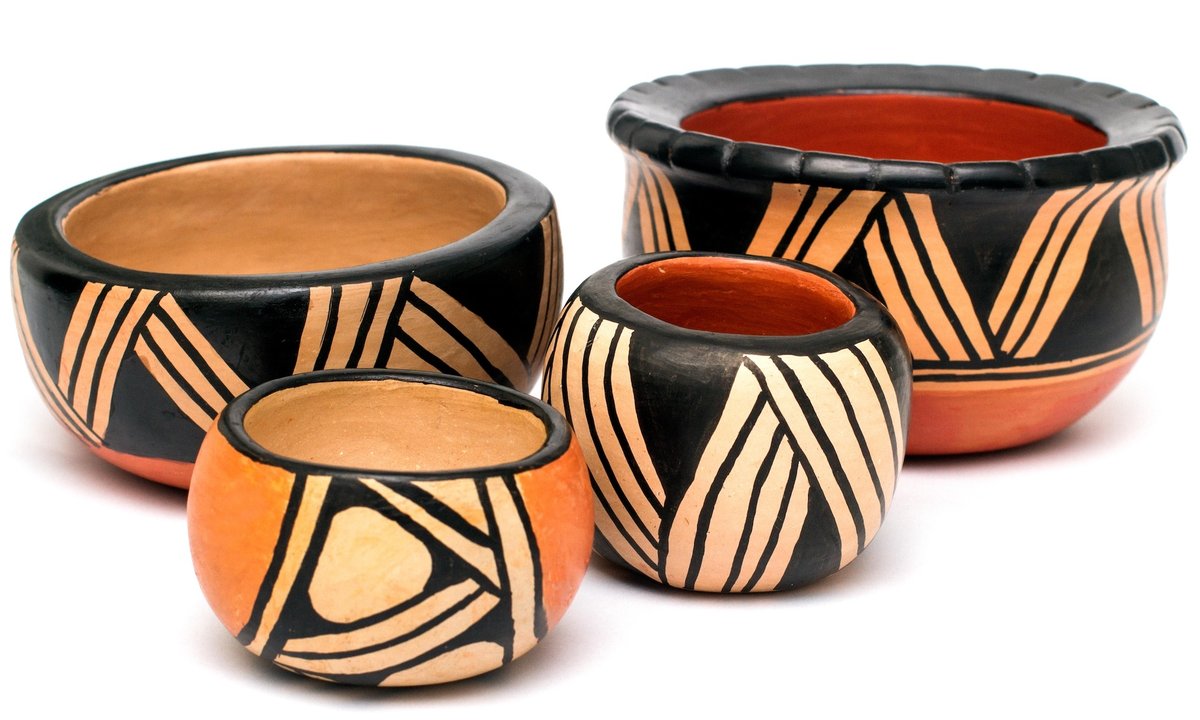
""Since 2020, we have been noticing that climate change is affecting [ cauxi production]," Yakuwipu Waurá, an Indigenous leader, artist and language instructor living in the village of Piyulewene, told Agência Brasil. "As the river no longer rises for a [period] of five months, staying up for only three months and then going down, there is not enough for the cauxi to breed. It no longer grows.""
"When the snake departed, it left behind piles of clay on the riverbanks, securing a central facet of Waurá identity. The community's ceramics, which range in size and are used for ritual, dining and decorative purposes, are dried in the sun and meticulously scraped into the desired shape before being sanded and polished until they are fired in open air."
Worsening dry spells have reduced river rise periods in the Xingu National Park, preventing the freshwater sponge cauxi from breeding and growing. The cauxi shortage has made traditional clay mixing difficult, forcing women artisans to source cauxi from more distant sites and raising production costs. Cauxi specimens found locally remain too small and insufficient for processing. Pottery holds central cultural significance through a Kamalu-hái canoe-snake myth and serves ritual, dining and decorative roles. Ceramics are sun-dried, scraped, sanded, polished and fired in open air, with natural pigments activated during firing to create distinctive designs.
Read at The Art Newspaper - International art news and events
Unable to calculate read time
Collection
[
|
...
]